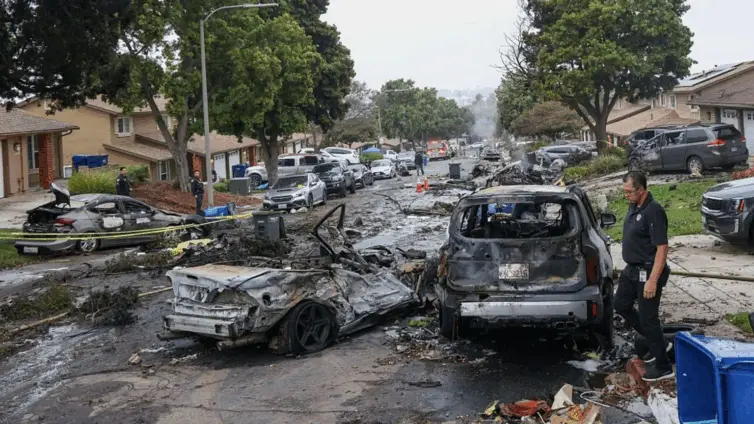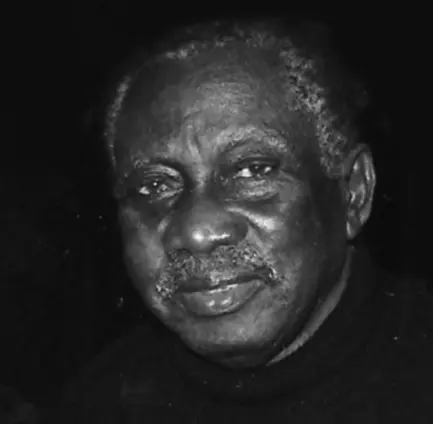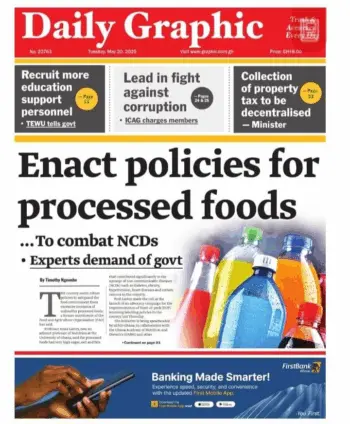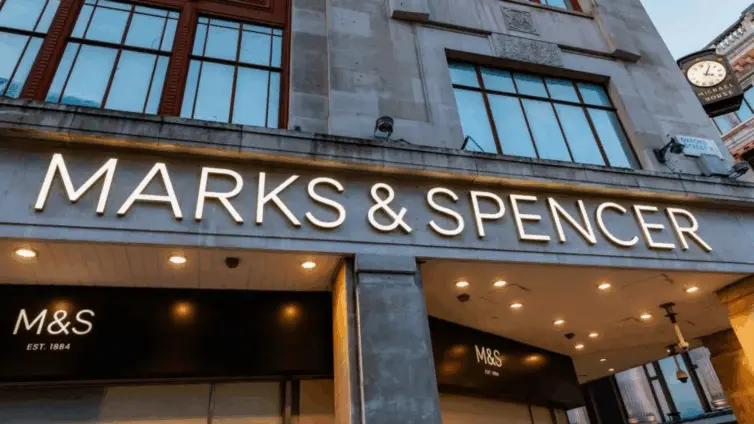Accra, the bustling capital of Ghana, grapples daily with the challenge of street congestion. Mayor Michael Allotey is spearheading a new effort to bring order to the city’s chaotic roadways with a revitalized “Red Line” initiative. This plan, he says, learns from the shortcomings of previous attempts to manage traffic and street vendors. Speaking recently on *PM Express*, Mayor Allotey outlined his strategy, emphasizing collaboration with market women and a sustained, 24-hour approach to ensure lasting impact. The success of this red line depends heavily on understanding the needs and concerns of these key stakeholders.
The “Red Line” initiative is essentially a strategy for managing street vendors and traffic flow. The goal is to create designated areas for vendors, preventing them from obstructing roadways and creating bottlenecks. This involves establishing a physical “red line” that vendors are expected to stay behind, maintaining clear pathways for vehicles and pedestrians. But what makes this attempt different from those that have come before?
Mayor Allotey is taking a revised approach with the new “Red Line” strategy, focusing on several key components that he believes will be crucial to its success.
One of the most significant changes is the emphasis on collaboration with market women. Recognizing their knowledge and influence, Mayor Allotey is directly engaging with them, a departure from previous top-down approaches. “I promise one thing, I’m going to work with a market woman… they know the problem, because they are in there, and they know how to go about them,” he stated.
Further empowering these women, the Mayor is promoting leadership from within their ranks. By selecting leaders from the market community to help enforce the Red Line, he hopes to foster a sense of ownership and accountability. “They have told me what they want me to do for them, and this is what I’m going to do for them. One, they want me to have leaders from their camp,” he explained.
Coupled with this collaborative approach is an increase in enforcement. Mayor Allotey plans to deploy over 1000 youth, working day and night, to ensure continuous monitoring and enforcement of the red line. “This time, I’m bringing over 1000 youth to run day and night,” he said, signaling a commitment to maintaining the order established by the initiative.
The Mayor is keenly aware of the failures of past “Red Line” initiatives, including the one led by former Mayor Alfred Okoe Vanderpuye. The key difference, he asserts, lies in the direct engagement with market women, incorporating their insights and leadership into the process. Previous attempts, he argues, lacked sustained enforcement and failed to address the underlying issues that contribute to street congestion.
Mayor Allotey also ties the Red Line initiative to the broader vision of a 24-hour economy in Accra, a policy championed by the NDC. By ensuring the city remains functional and orderly throughout the day and night, the initiative aims to support this economic model. “The 24-hour economy policy, I want it to start from AMA. AMA is going to start 24-hour ticketing, clearing refuse, putting a task force in place, etc. Everything will be on 24 hours,” he explained. This includes continuous clearing of refuse, ticketing, and maintaining a task force to keep the city functioning around the clock.
Of course, the initiative is not without its potential challenges. Sustaining the red line long-term will require consistent enforcement and resources. Resistance from vendors, coordination between different stakeholders, and maintaining public support all pose potential obstacles. Addressing the root causes of street vending, such as unemployment and lack of alternative economic opportunities, will be crucial for long-term success.
Mayor Michael Allotey’s revitalized “Red Line” initiative represents a renewed effort to address street congestion in Accra. By prioritizing collaboration with market women, increasing enforcement, and linking the initiative to Accra’s 24-hour economy vision, this plan aims to create lasting change. While challenges remain, the Mayor’s commitment and the innovative approach offer hope for a more organized and efficient city. The success of the “Red Line” will depend on sustained effort, community buy-in, and a comprehensive strategy for managing urban spaces.
Image Source: MYJOYONLINE




















